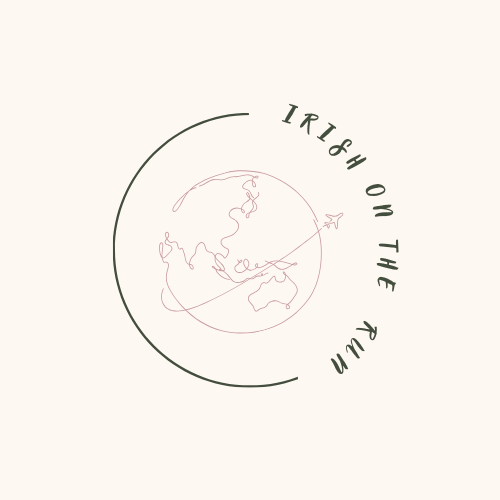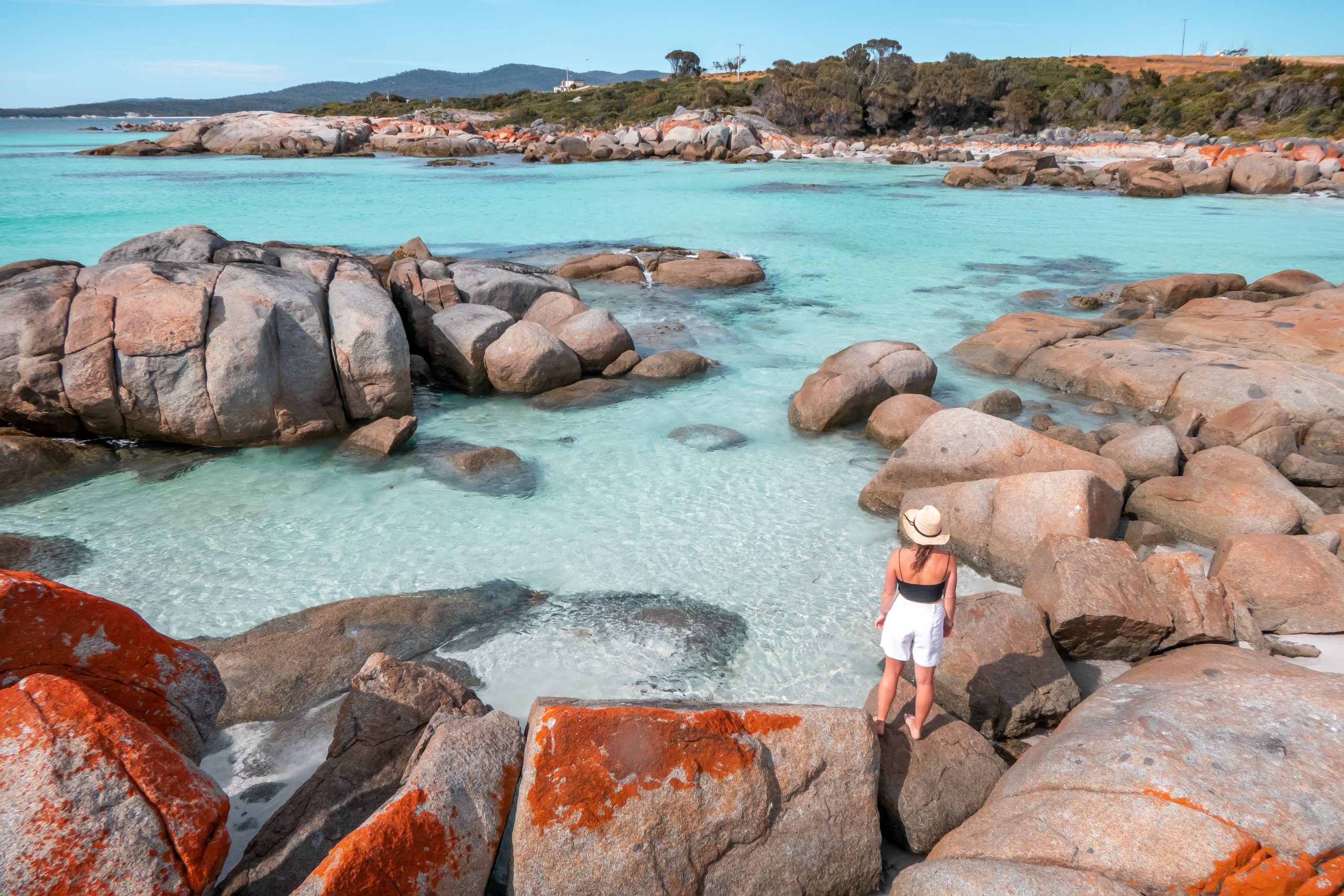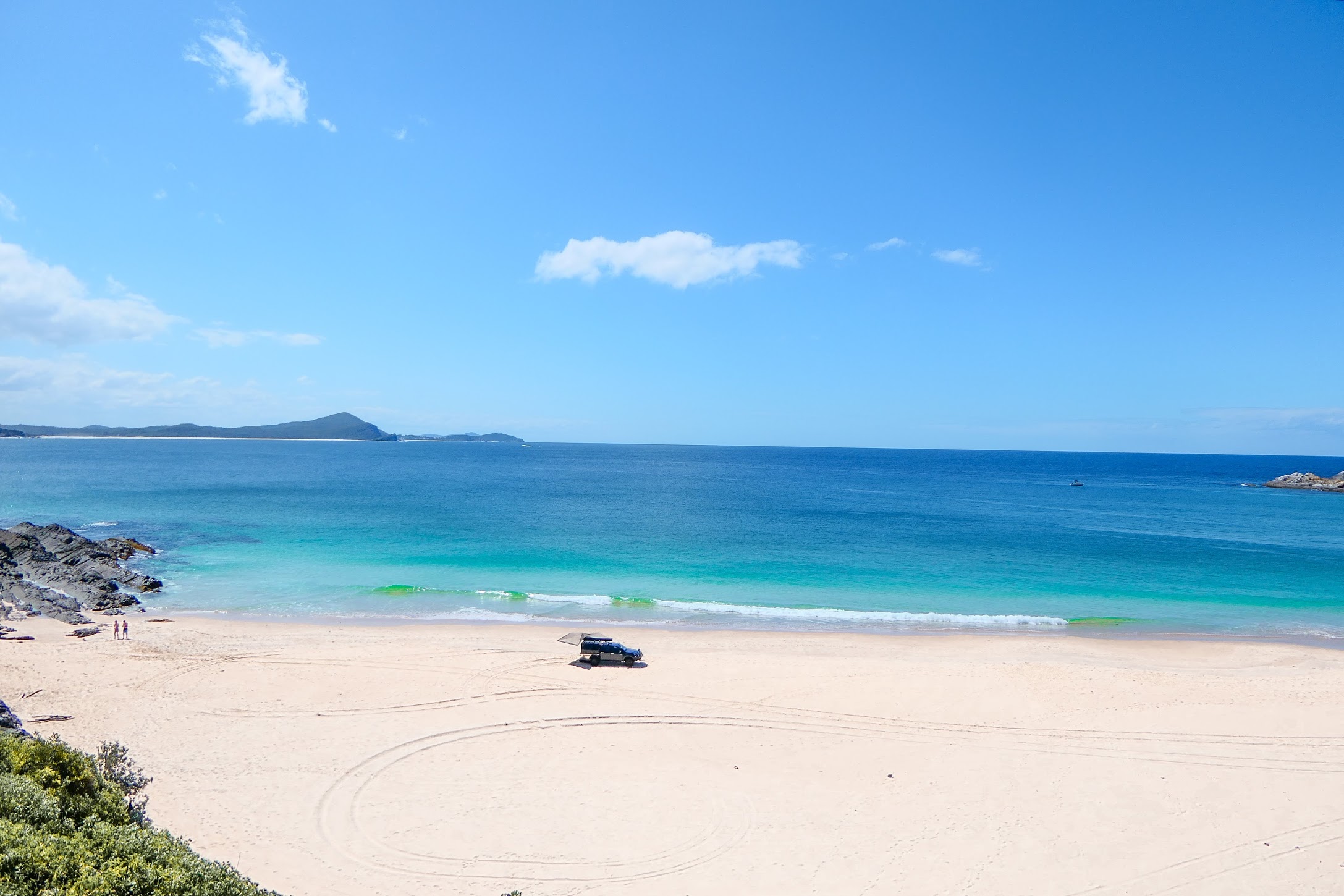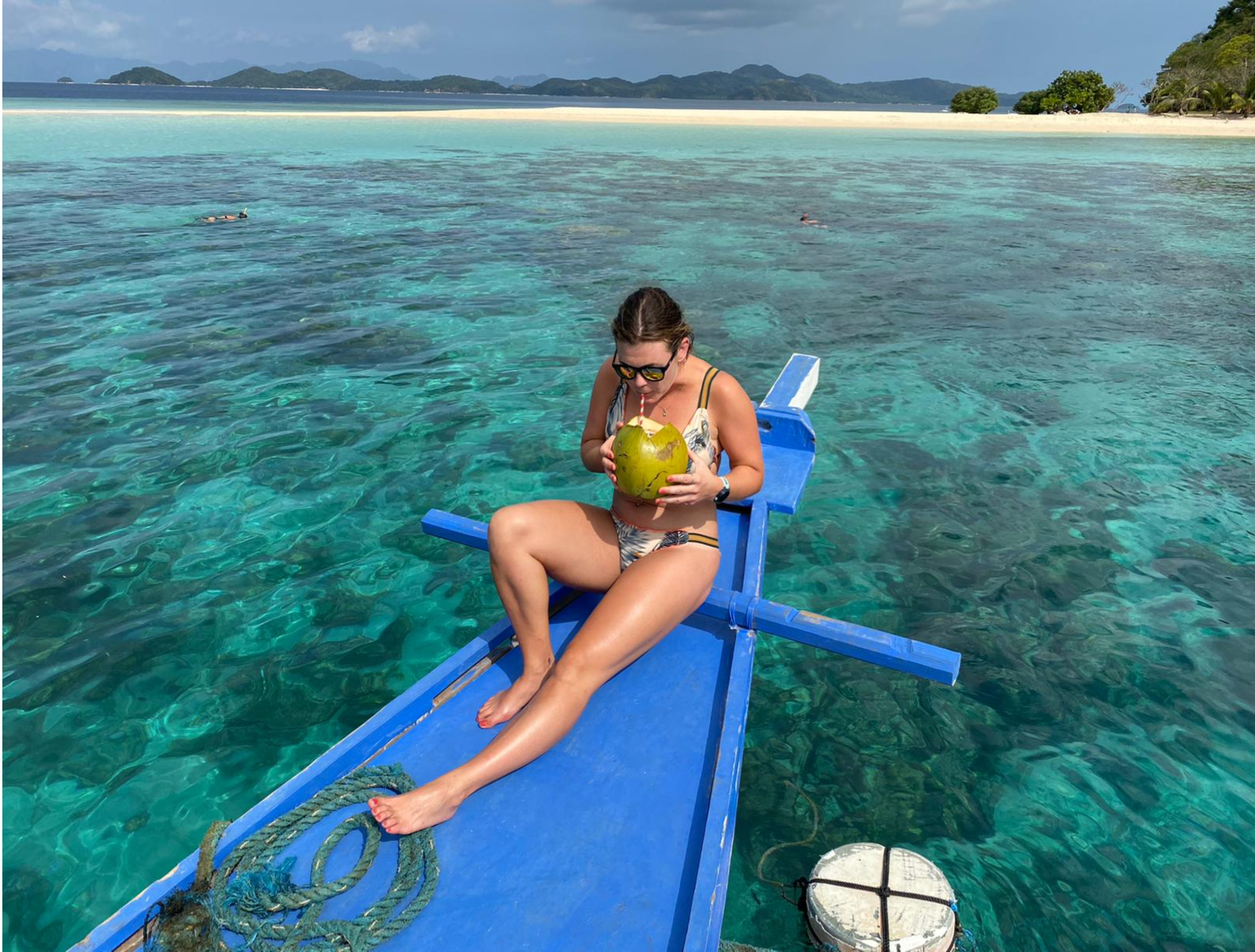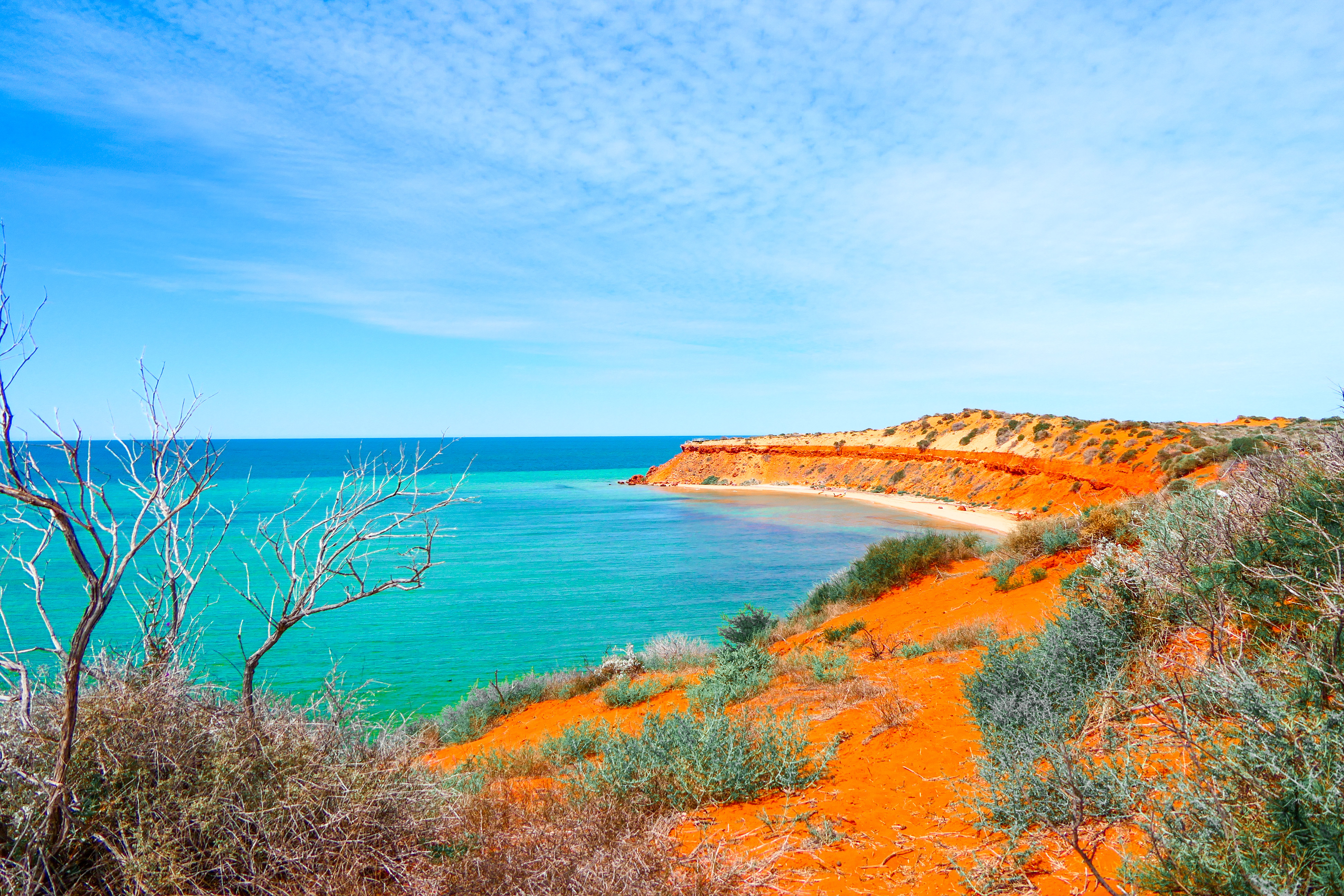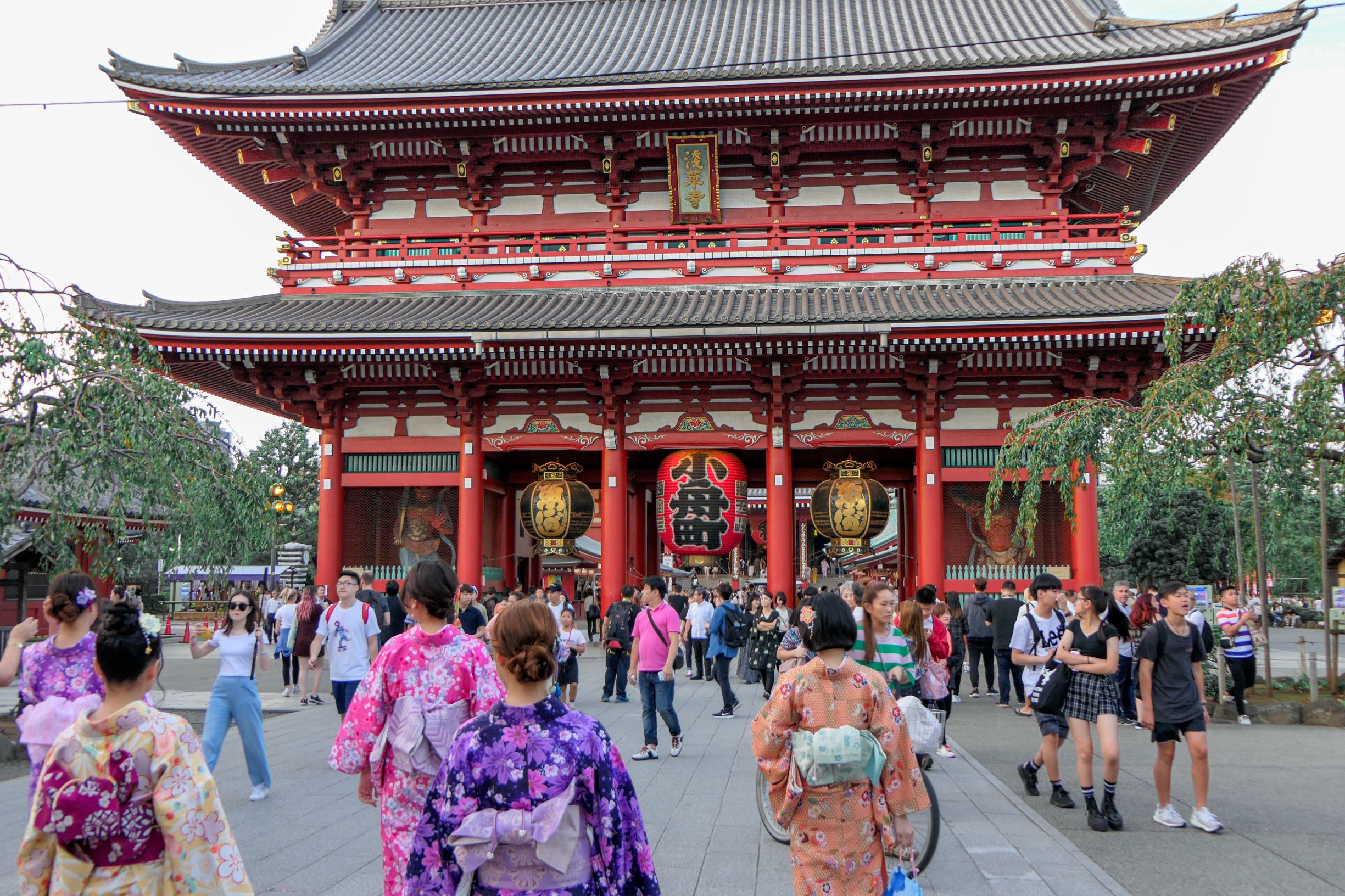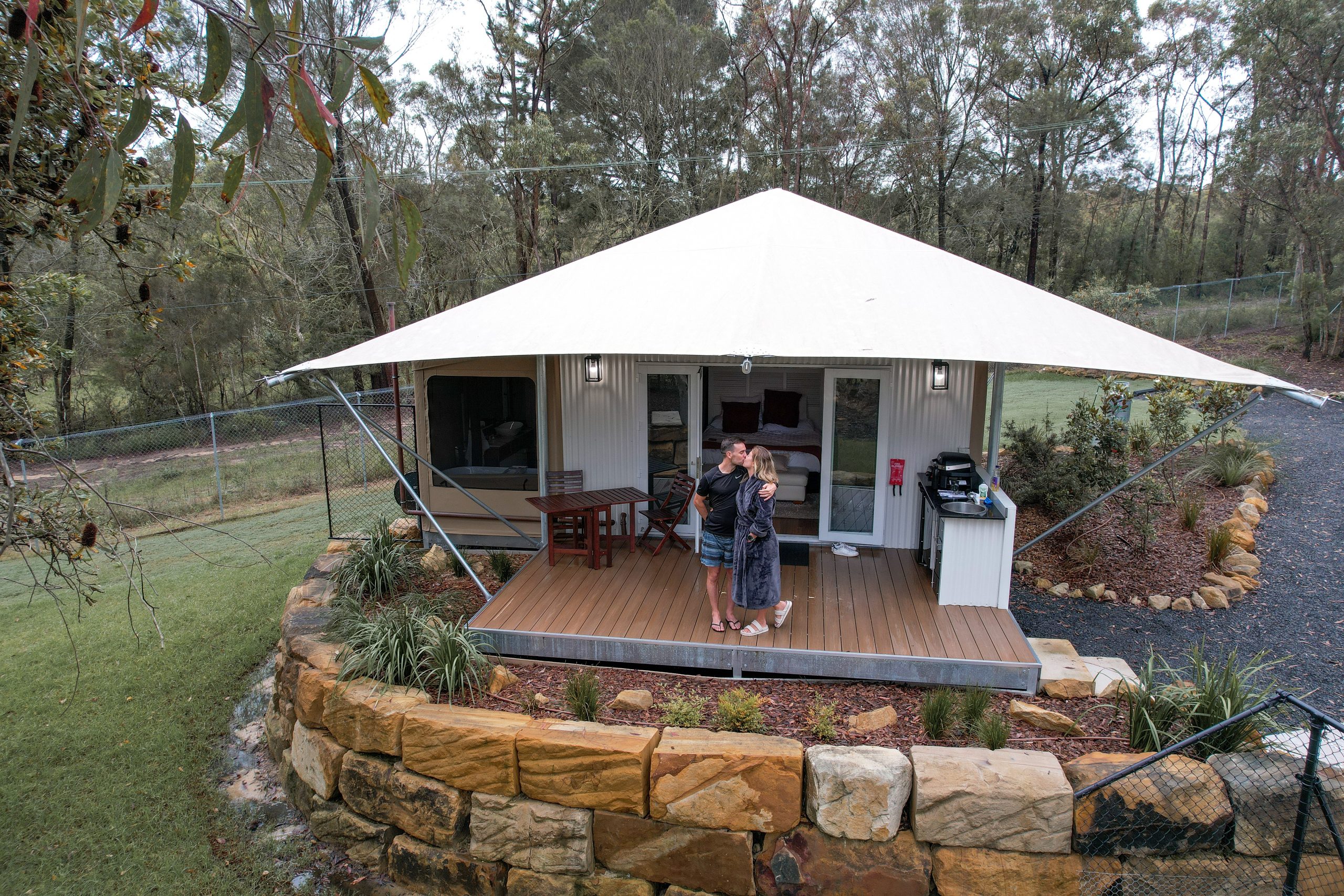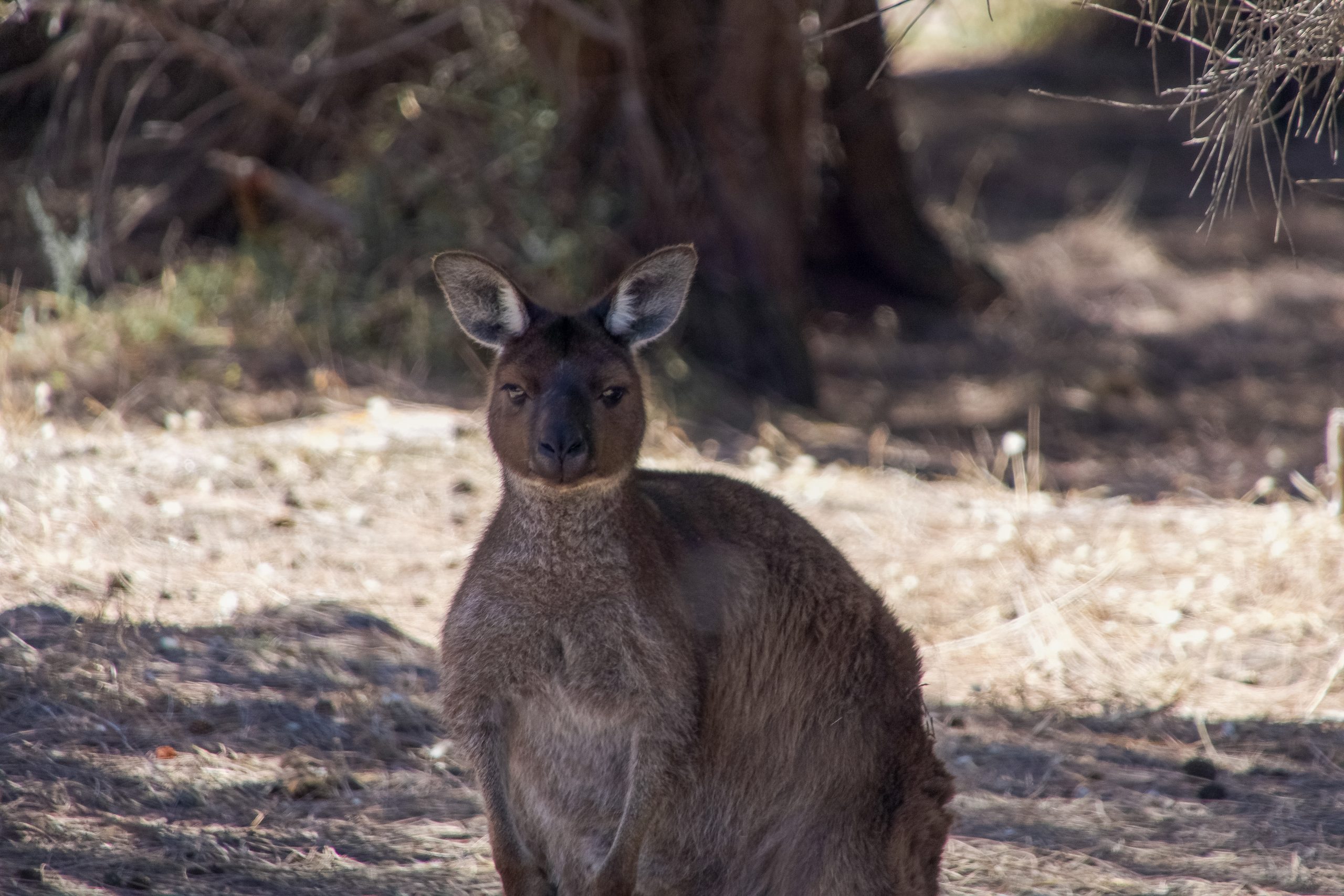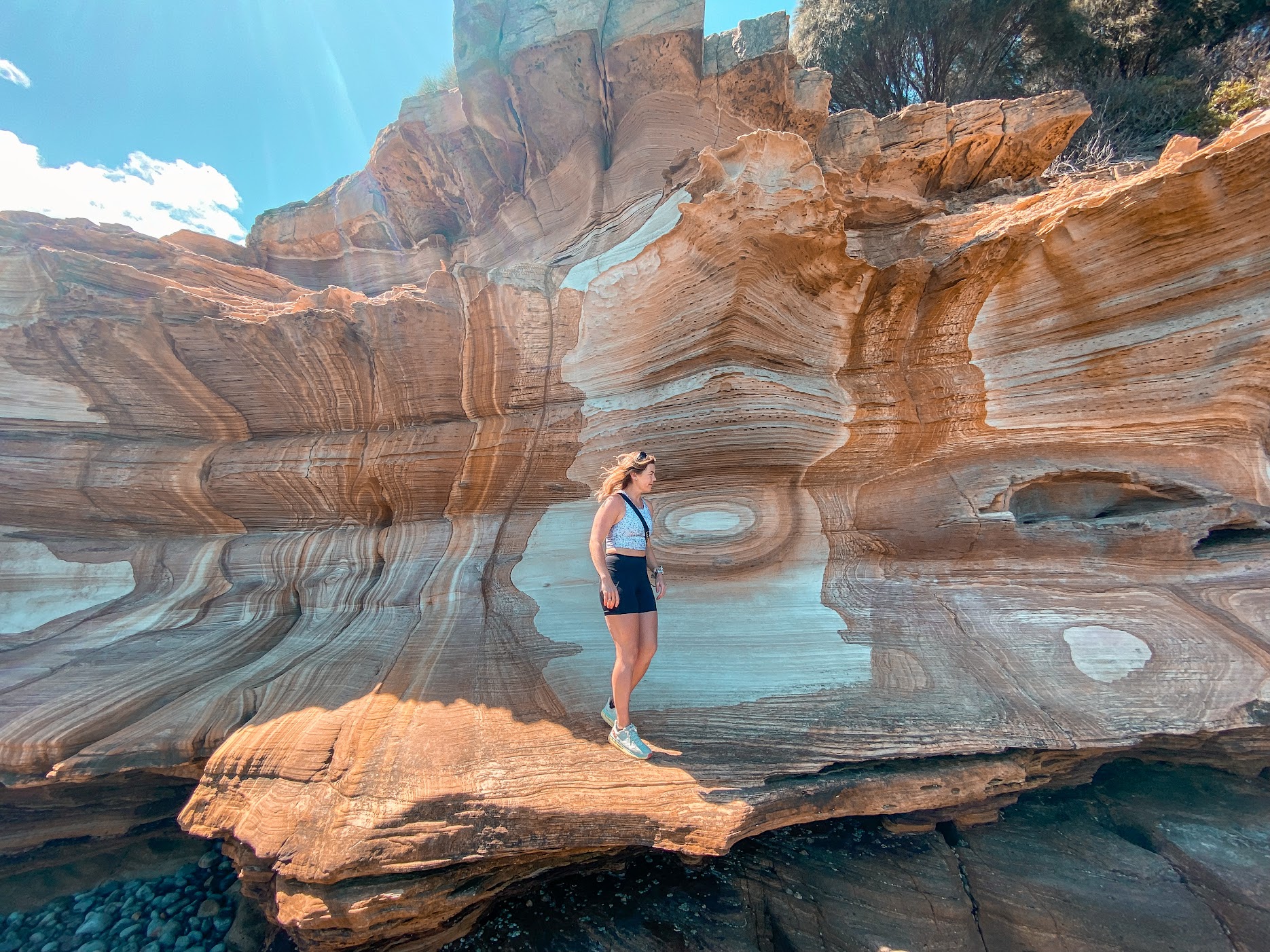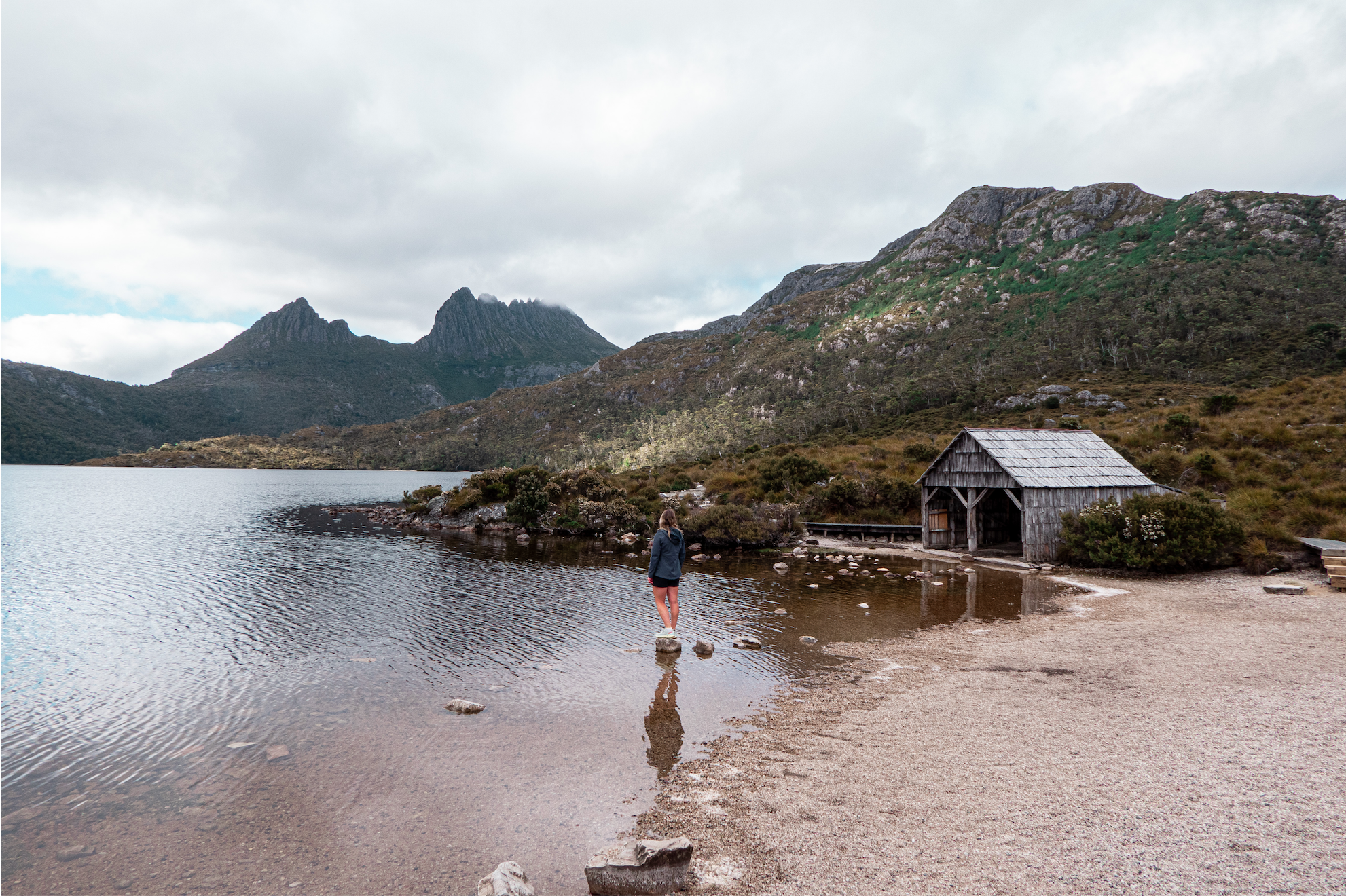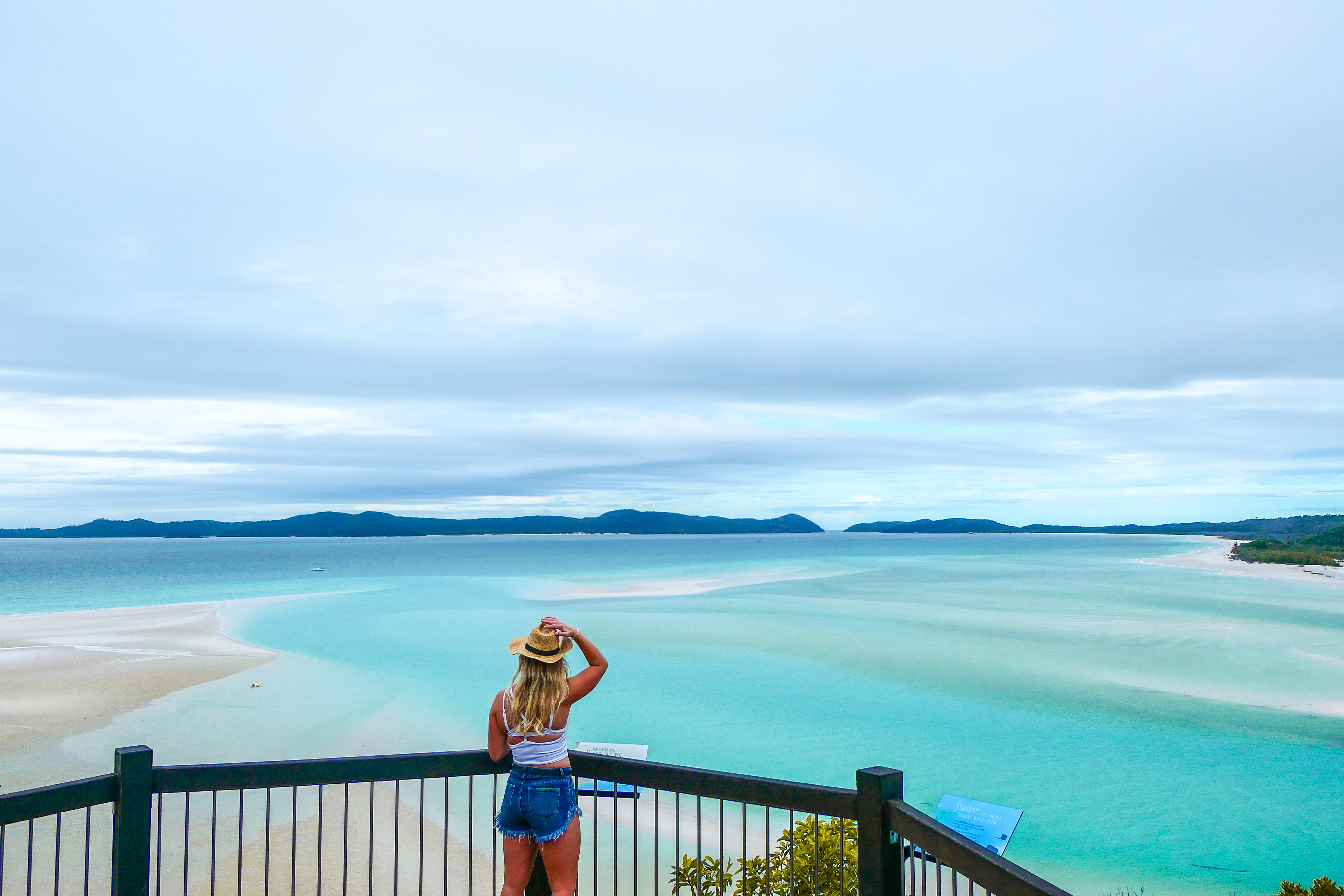Waterfall Springs Retreat & Wildlife Sanctuary is a romantic luxury escape and a sanctuary dedicated to rehabilitating wallabies and kangaroos. Located an hour and a half from Sydney in the Central Coast, about 30 minutes from Gosford, lies this beautiful adults only relaxing retreat. Set in Kulnura, it offers luxury boutique styled accommodation with barbecue facilities, a garden, a pool and a shared lounge. Waterfall Springs Retreat and Wildlife Sanctuary is nestled amongst 33 acres of serene and quintessentially Australian bushland and the property’s name is derived from the four waterfalls that are on the bush track surrounding it. The retreat can host up to four couples at a time. Aside from the glamping tent they property has two suites and one apartment. Each suite opens up to the outdoors with garden views from the freestanding bathtubs big enough for two and has a gas fire to add to the cosy atmosphere. A gas log fire place in every suite only adds to the ambience of each room. The bedding and linen is of the highest quality and so comfortable. I had the best nights sleep since leaving the Irish countryside several years ago. The only think…
South Australia is the perfect place for a road trip and the most underrated state in my opinion. From the stunning coastline of the Eyre Peninsula’s, multiple award winning wine regions, the wildlife of Kangaroo Island, and the red hues of the South Australia outback, the diversity on offer in this state is second to none. The state is known as the rock pool state and I will show you why later in this blog. It is a huge state with a lot of it being outback, you could spend weeks travelling around and discovering hidden beaches, national parks and heading off road. We only had ten days to explore this state and squeeze in the top sights to see in South Australia. HOW LONG TO GO FOR? You could spend a few months as I said travelling around and exploring the coast line, inland and the outback. A month is a decent amount of time and most travellers would get to see the majority of the state. You can break it up into two one week holidays exploring different areas or jam pack the highlights (in our opinion) in 10 days. CAMPER VAN OR CAR? You can see…
Kangaroo Island is the modern day Noah’s Arc located off the south east coast of South Australia. It is one of the world’s greatest nature destinations abundant with wildlife, native bushland and marine life. The island has 509 km of coastline and is 155km from East to West. You definitely need longer than you think. The island os much bigger than expected and some of the roads unsealed which slows down travel time. It is not advisable to drive at night, dusk or dawn due to the high numbers of wildlife. Driving through the island you will see a lot of road kill which is so sad so please respect the animals habitat and don’t drive at night. There is a lot to see on this amazing island and there are not enough adjectives to describe just how magical it is. HOW TO GET THERE By sea: The ferry leaves from Cape Jervis, about a 2 hour drive south of Adelaide. Kangaroo Island SeaLink’s vehicle and passenger ferry service operates daily (except Christmas Day) between Cape Jervis and Penneshaw, Kangaroo Island. The ferry takes just 45 minutes and you can bring your…
Living off the grid is the philosophy at Glenayr Farm. I took it to have two meanings; living off the solar power that is the farm stay’s sole source of energy and living disconnected from technology and busyness of life, away from the constant pings, rings and vibrations of notifications. Glenayr Farm is perfect for romantic getaways or group holidays. Staring out at the rolling hills of the quintessential Australian country side will make you think you and the on looking kangaroos who inhabit the property, on the only living things on earth. If you are looking to spend a few days living sustainably off what mother nature gave us and truely unplugged from technology, there is no better place than Glenyar Farm. Glenyar Farm is a family owned 320 working farm with four glamping bell tents and two luxury villas located 25 minute drive outside of Mudgee and a 3.5 hour drive from Sydney. There is no service here (unless you are Telstra) and no wifi which is exactly how the owners intended it to be. Although it seems you are so far from civilisation, Mudgee’s world class wineries, restaurant’s and shops…
Maria Island Maria Island (pronounced “Ma-rye-ah”), a small island located off the east coast of Tasmania, 13 km at its widest and 20 km long, is probably one of my favourite places in all of Australia, never mind Tasmania. But if you were thinking of skipping this little slice of paradise, don’t! The island is best known for its convict history and scores of animals, Cape Barren Geese, Tasmanian devils and wombats that live there, making it known as Tasmania’s ‘Noah’s Ark’. The minute we stepped off the ferry, we stopped wombats and Cape Barren Geese. Wildlife is just everywhere here! The water is some the clearest and cleaner I’ve ever seen, beaches so inviting to run onto and dive into the water. There are no cars on the island so everyone gets around on foot or two wheels and it is a slower pace of life with little reception so it ensures you are really off the grid. We unfortunately didn’t have the time to stay overnight and most people come for a day trip but if you have the time it is definitely worth spending 2-3 days here…
I decided to write a separate blog on Cradle Mountain to my complete guide to the lap of Tasmania (click here) on how to get to Cradle Mountain, what to expect, where to stay and eat and most importantly, what hikes to do for the time you have. Cradle mountain is a hikers dream, it is where the Overland Track, a 80 km multi day hiking trial starts from and ends the other side of the National Park in Lake St Clair. If the Overland Track isn’t for you and you like the comforts of a hot shower and comfy bed at the end of a days hiking, Cradle Mountain has so much to offer. You could spend a week here between both sides of the park. There are a plethora of day walks ranging from 19 km to a cruise 2km loop. Cradle Mountain is a huge National Park and unless you are planning on doing the Overland Track (6 days), you will have to visit the Cradle Mountain side of the park and then drive to the Lake St Clair side of the park to explore this. If you are big into your hiking…
Tasmania is a bit of Australia that is well known but few chose to come and explore. I am going to try change your mind about that! Tasmania is a state of Australia located 240 km off the Southern part of the mainland and is about the same size as Ireland or Switzerland. From top to bottom is is 364 km long and about 300 east to west making it very accessible for a self driving road trip. The longest day of driving we did was about 3 hours in total so no mammoth drives like the mainland means you can see so much in a relatively short time frame. Tasmania’s beauty is like no other and its landscape is so diverse; from the lichen covered rocks and white sandy beach of the east to the bleak alpine plateaus of Cradle Mountain National Park. It is steeped in convict history and has some tragic stories of the islands indigenous history, which makes it for such an interesting place to visit. The food and wine scene is just as epic and the landscape, with some of the countries best wine, cheese and local produces. The best way to see…
Here are a few of the short travel videos I’ve put together from a mixture of GoPro Hero 8, iPhone 12 and my camera. Enjoy! Great Barrier Reef Western Australia A 2 minute video of a month road trip in a van travelling the length of Western Australia…
Home to 74 paradisiacal islands situated in the heart great barrier reef, this magical place is a non negotiable for tourists visiting Queensland. Most of the Whitsunday Islands are uninhabited and are a protected National Park teaming with wildlife, surrounded by colourful coral and white silica sand. But there are a few islands that are open for tourists to holiday on. When to go? The Whitsundays are located in tropical Queensland so temperatures rarely drop below 23 degrees all year round but the best times to go are Spring or Autumn. Avoid traveling during Jan-Mar as it is the rainy season, temperatures are very high, humidity is high and it is school holidays. ‘Stinger season’ also runs during the warmer months (Oct-May). That being said, jellyfish can be present year round. April- May: Heat and humidity are less, days are bright and clear with pleasant temperatures of high 20s. Jun-Aug: Best time to be in luck of spotting majestic humpback whales. Cooler temperatures of low- mid 20s dropping to 16-17 degrees at night. Sept- Oct: Peak season with glorious temperatures of high 20s, clear days and light winds. Whitsundays highlights: Whitehaven beach…
Western Australia is an enormous land mass, bigger than any European country and if it was its own country, it would be the 10th largest in the world. The sheer size of the state and long stretches without anything at all except desert for hundreds of miles, may put some travellers off visiting it. But don’t let the mammoth drives discourage you from visiting this beautiful area as you will be handsomely rewarded with beautiful vineyards and artisan food down south, pristine beaches with no-one in sight for miles along WA’s 12,500 km of coastline, red desert meeting the glistening blue sea, unforgettable sunsets, gorges and waterfalls in the National Parks and an abundance of marine life in the Indian Ocean. WA has a carefree spirit about it that’s free from the baggage and busyness of the east coast. It is also rich in Aboriginal culture that is far more apparent than any other part of Australia. You could spend months travelling up the coast and inland to explore the outback but we managed to fit what are considered the highlights of WA into a month long trip. The best way…
